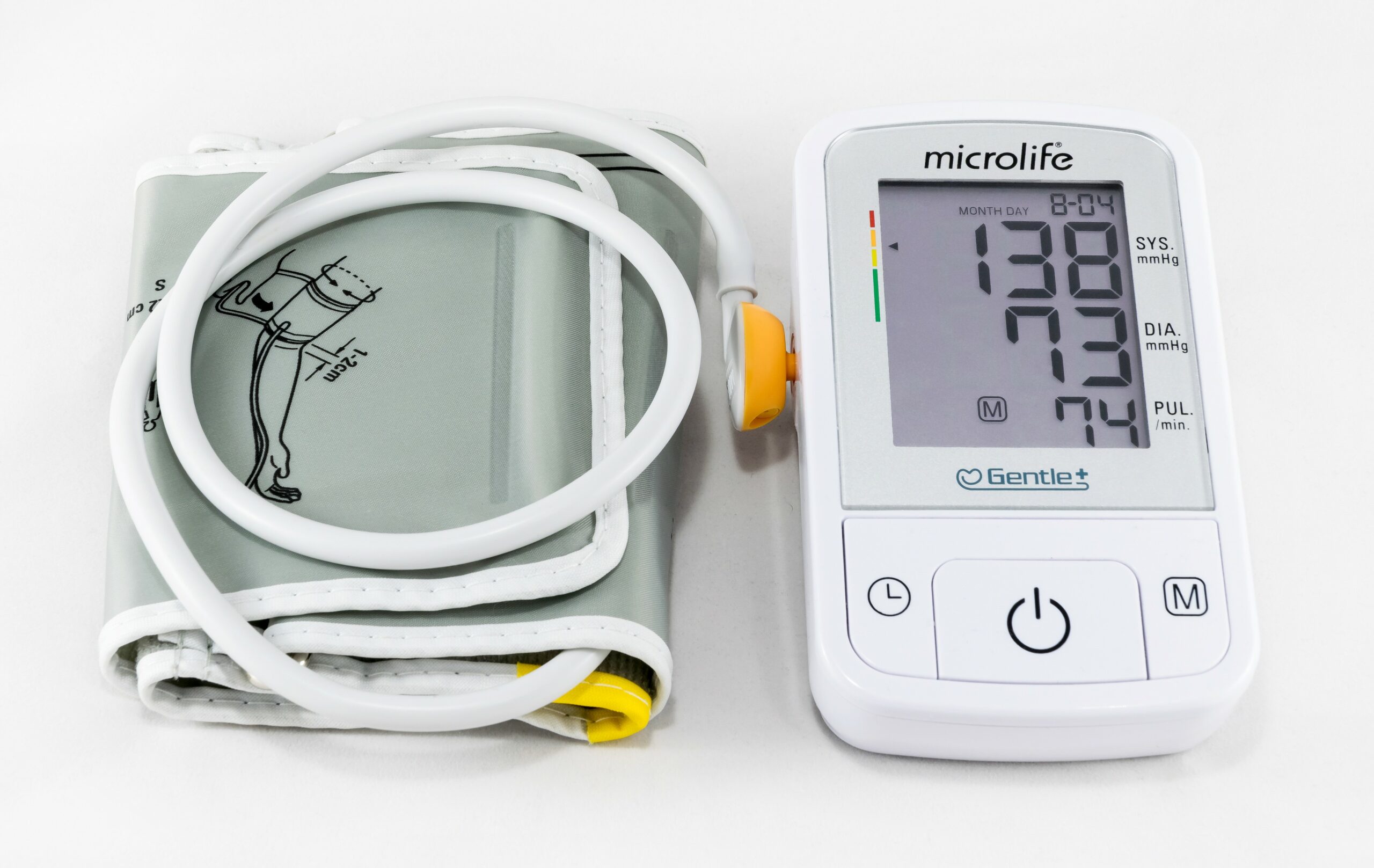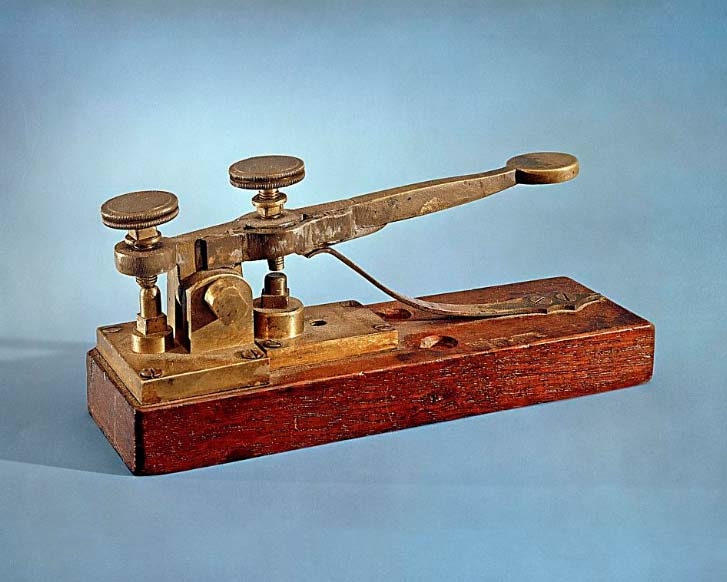The sphygmomanometer, an essential tool in medical diagnostics for measuring blood pressure, was invented in 1881 by Samuel Siegfried Karl Ritter von Basch. This innovative device has undergone significant evolution since its inception, becoming a cornerstone in the healthcare field for the prevention, diagnosis, and management of hypertension and related cardiovascular conditions.

The Invention of the Sphygmomanometer
In the late 19th century, the understanding of blood pressure and its implications on human health was in its infancy. It was Samuel Siegfried Karl Ritter von Basch, an Austrian-Hungarian physician, who made a groundbreaking contribution to medical science by inventing the sphygmomanometer. His invention marked a pivotal moment in medical history, enabling for the first time the non-invasive measurement of blood pressure in a clinical setting.
Von Basch’s initial device was rudimentary compared to today’s standards, consisting of a mercury column and a rubber bulb to inflate the cuff. Despite its simplicity, the invention provided a foundation for understanding the dynamics of blood pressure in human health and disease.
Evolution of the Sphygmomanometer
Following von Basch’s initial invention, the sphygmomanometer underwent various modifications and improvements. In 1896, Scipione Riva-Rocci introduced a more practical version with a simpler, more accurate mercury manometer and an inflatable cuff. This innovation significantly enhanced the ease and reliability of blood pressure measurement.
The next major advancement came from Russian surgeon Nikolai Korotkoff, who in 1905 discovered that sounds heard over a blood vessel (now known as Korotkoff sounds) could be used to obtain systolic and diastolic blood pressure readings more accurately. This method, using a stethoscope along with the sphygmomanometer, became the standard technique for blood pressure measurement.
The Sphygmomanometer’s Role in Healthcare
The sphygmomanometer serves a critical function in healthcare by providing a means to measure arterial blood pressure, an indicator of cardiovascular health. Blood pressure readings are vital for diagnosing hypertension, a condition that significantly increases the risk of heart disease, stroke, and kidney failure. By enabling early detection and monitoring of hypertension, the sphygmomanometer plays a crucial role in preventing these life-threatening conditions.
Furthermore, regular blood pressure monitoring is essential for managing patients with existing cardiovascular diseases, guiding treatment decisions, and assessing the effectiveness of interventions. The device’s utility extends beyond hypertension management, as blood pressure readings are a routine part of most medical examinations, reflecting overall cardiovascular function.
Modern Sphygmomanometers
Today, sphygmomanometers come in various forms, from the traditional mercury column models to aneroid (mechanical) and digital devices. While mercury sphygmomanometers are praised for their accuracy, concerns over mercury’s environmental and health hazards have led to increased use of aneroid and digital models. These modern devices offer the advantages of portability, ease of use, and the ability to perform blood pressure measurements without the need for a trained healthcare professional.
Digital sphygmomanometers, in particular, have gained popularity for home blood pressure monitoring, empowering patients to take an active role in managing their health. These devices often feature automatic inflation and deflation of the cuff, electronic displays for easy reading of blood pressure values, and memory functions to track blood pressure over time.
From its invention in 1881 by Samuel Siegfried Karl Ritter von Basch to its current iterations, the sphygmomanometer has become an indispensable tool in medical diagnostics and patient care. Its development reflects the progress of medical science in understanding and managing cardiovascular diseases, one of the leading causes of morbidity and mortality worldwide.
The evolution of the sphygmomanometer, from von Basch’s mercury manometer to today’s digital devices, illustrates the ongoing quest for precision, safety, and accessibility in healthcare diagnostics. As technology advances, the sphygmomanometer will undoubtedly continue to evolve, further enhancing our ability to monitor and improve cardiovascular health. Through its enduring presence in healthcare, the sphygmomanometer not only signifies a milestone in medical innovation but also serves as a vital instrument in the ongoing effort to save lives and improve the quality of healthcare for millions around the globe.


